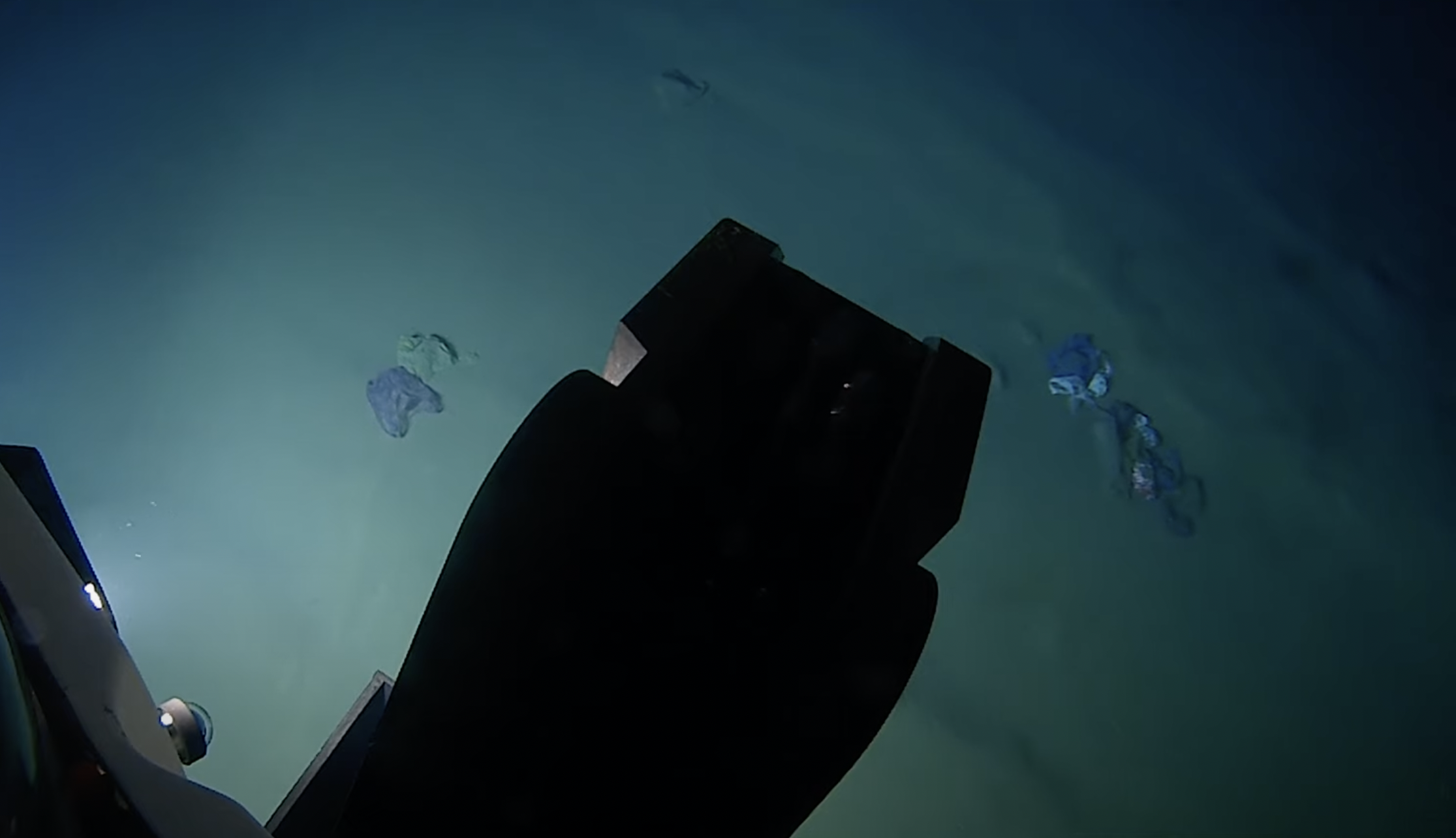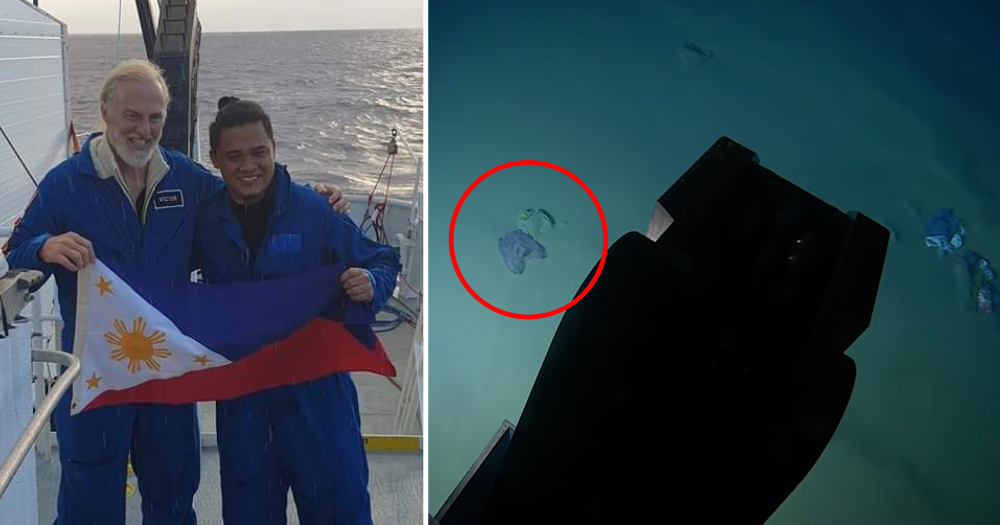An oceanographer from the Philippines and an American explorer became the first people to dive into the Philippines Trench, the third deepest spot on earth.
They had headed down there prepared for the sight of ghoulish deep sea creatures, but was instead met with something much more ubiquitous — plastic.
First ever
Dr. Deo Florence Onda is a microbial oceanologist from the University of the Philippines Marine Science Institute, and at 33 years old, is the youngest oceanographer in the country.
Onda, along with Victor Vescovo from Caladan Oceanic, dove into the Emden Deep, which is a part of the Philippines Trench, on Mar. 23.
At its deepest point, the trench reaches a depth of 10,540m. The Emden Deep is the portion of the trench which exceeds a depth of 6,000m.
They are the first people to ever dive into these uncharted waters.
CNA reported Onda saying that the first description of the Philippines Trench was in the 1950s, and another more detailed description in the 1970s.
As such, this was the first opportunity for them to "see what's happening down there, which has never been seen before".
Onda was reported saying that he had expected to see "scary, crawling things" through the windows of the submarine.
Plastic in the deep
However, what they found after a four-hour descent was garbage on the sea floor.
The team found plastic bags, food packaging, a teddy bear and even clothes.
Onda shared one instance where he believed the white material floating in the water to be a jellyfish, till they approached and realised it was just plastic, CNA reported.

Onda said that due to the depth and the pressure of the environment, he had believed the plastic would appear as small fragments, but "they were so intact as if they just came from the supermarket," according to the Inquirer.
Vescovo added that the amount of human debris found in the Emden Deep, scattered around in pockets on the seabed, was "pretty extensive".
At such depths where oxygen and sunlight is absent, plastic and other materials do not degrade, Vescovo stated.
Inquirer reported that it is uncertain how the plastic and debris made its way to the deep.
The source could have been coastal communities near the Philippines Trench, or the debris could have been washed over by ocean currents from Hawaii or other Pacific Islands.
Plastic at such far-reaching places isn't a new phenomenon.
In 2019, a deep dive expedition which also included Vescovo to the Mariana Trench, the deepest trench in the world, also discovered plastic waste at the bottom.
Plastic pollution
The discovery of plastic in the trench has underscored the transboundary nature of plastic pollution, and how pervasive plastic is as a material.
It has also highlighted the severity of human activity.
“The Philippine Trench is already so deep, but human pollution was still able to reach it. What more for shallower environments like coral reefs and seagrass beds?” Onda said to the Inquirer.
And while Onda is glad that he is able to represent his country in such an endeavour, he hopes that the expedition's findings can raise awareness of plastic pollution and lead to more stringent policies on plastic use and waste management.
DSV Limiting Factor is back on the surface!
— UP Marine Science Institute (@up_msi) March 23, 2021
In the photo are Dr. Deo Florence Onda @savedeocean and Mr. Victor Vescovo after the successful ascent from the Emden Deep.
Photo courtesy of DSSV Pressure Drop#IntoTheEmdenDeep pic.twitter.com/hB8i8bOzXx
You can watch a video about Onda and Vescovo's expedition here.
Related stories
Top photo from up_msi / Twitter and Caladan Oceanic / YouTube
If you like what you read, follow us on Facebook, Instagram, Twitter and Telegram to get the latest updates.

